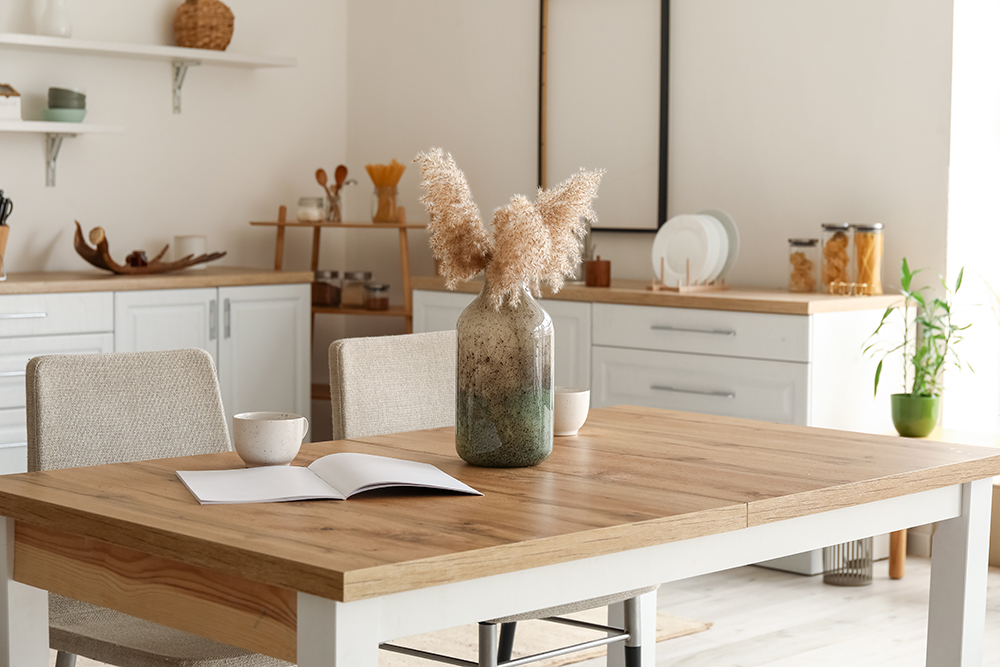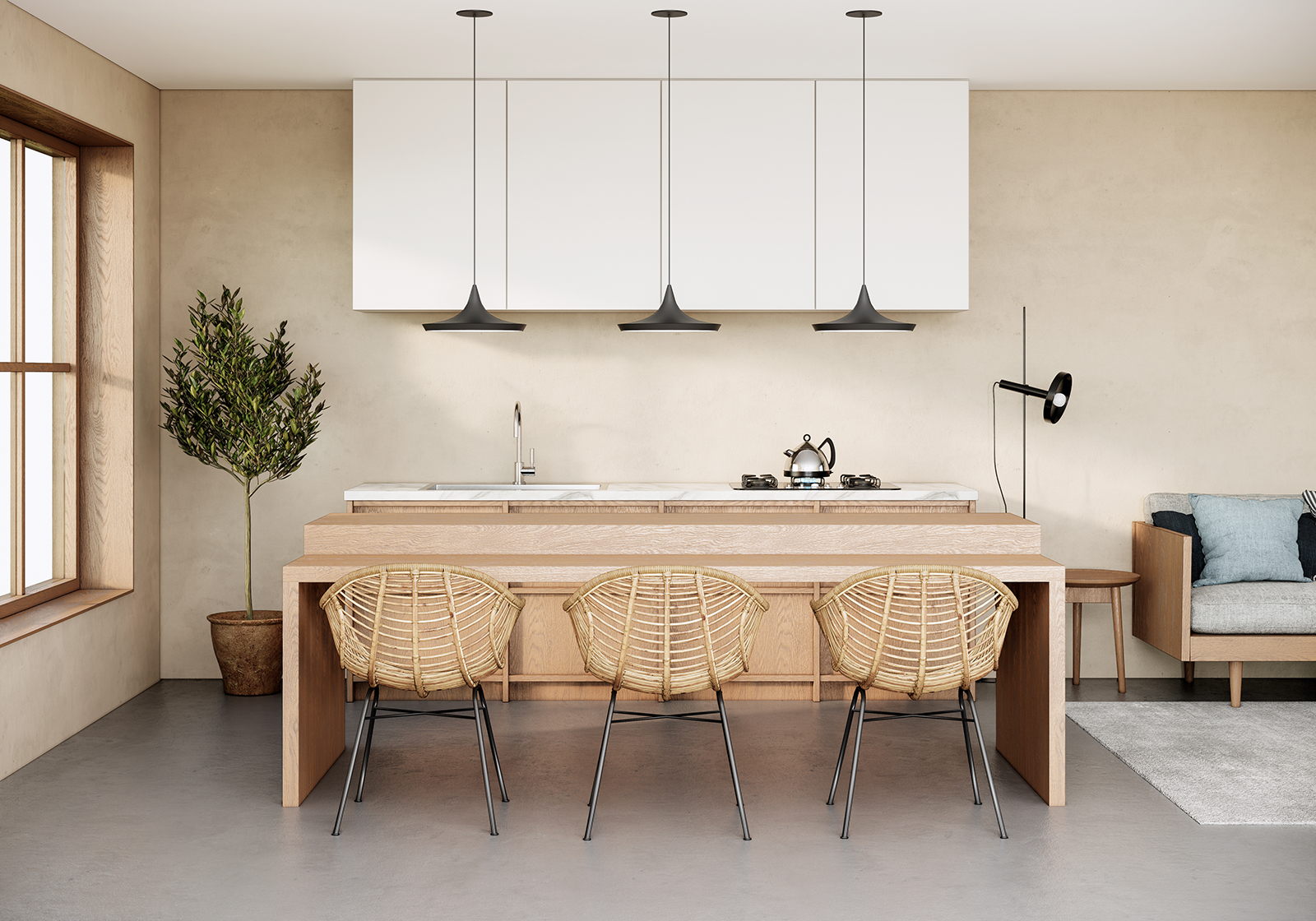
Have you ever heard of a style trend called Japandi? It is an exciting mix of Japanese and Scandinavian design principles that has been making waves in the multifamily housing industry. This design movement combines both styles to create a unique, yet harmonious living space that is both modern and warm. Let’s explore the origins of this trend, why it is so popular, and how it can be used to enhance multifamily interiors.
What is Japandi?
Japandi is a portmanteau combining two separate design styles—Japanese minimalism and Scandinavian hygge—to create a harmonious interior design aesthetic. The style emphasizes natural materials like wood, stone, leather, and linen with simple colors like neutrals and whites. Minimalist furniture pieces are used throughout for maximum comfort without cluttering up the space. Traditional Japanese elements such as tatami mats are also often incorporated into this style to provide balance between the two cultures.
Also Read – Latest Design Trends in Multifamily Hardware
How Does Japandi Incorporate Wabi-Sabi and Hygge?
Wabi-sabi is a Japanese philosophy that centers on finding beauty in simplicity and imperfection—something that is often overlooked or seen as negative in other cultures. Japandi embraces this concept by using natural materials with imperfections to create harmony. For example, wood pieces with knots or scratches can be used to incorporate wabi-sabi into the overall design of a room. Hygge, on the other hand, focuses on creating cozy atmospheres through comfy furnishings, warm colors, and inviting textures; all elements which can be easily incorporated into any Japandi design scheme.
Why Is Japandi Popular In Multifamily Housing?
Japandi has become increasingly popular for multifamily housing due to its ability to combine form and function in one cohesive package. The minimalist aesthetic allows for maximum use of space while still providing ample storage options for tenants; something that many people look for when searching for rental units. Additionally, this style encourages relaxation through its cozy atmosphere while still being modern enough to appeal to today’s renters who may not want something too traditional or outdated. Finally, due to its neutral color palette and incorporation of natural materials like wood and stone; it creates an environment that is easy to update when needed without having to spend too much money or effort redecorating each time there is turnover in tenants. In summary, Japandi offers multifamily property owners an easy way to attract high-quality tenants while still keeping costs down by utilizing budget friendly materials like wood or stone over more expensive options. It provides an elegant yet functional interior aesthetic perfect for today’s renters who appreciate both quality and value in their rental units. By incorporating traditional Japanese elements like incorporating plants and having more organic elements alongside more modern pieces; it creates an atmosphere that blends both cultures together seamlessly creating a truly unique experience for those who live within it!
Conclusion:
Japandi has quickly become one of the most popular interior designs trends within multifamily housing due to its ability to merge traditional Japanese minimalism with Scandinavian hygge aesthetics—creating an eye-catching yet comfortable living space perfect for today’s renters seeking quality at an affordable price point! Its neutral color palette allows property owners flexibility when it comes time to update their unit interiors while still providing plenty of coziness through soft textures and warm lighting fixtures—making it ideal for any number of different tenant types! With its focus on natural materials like wood or stone along with traditional Japanese minimalism design; this style provides multifamily property owners with a timeless solution sure to please everyone! All in all; if you’re looking for an attractive yet cost effective interior design option sure to please everyone involved; then you should definitely consider exploring the wonders of Japandi!



